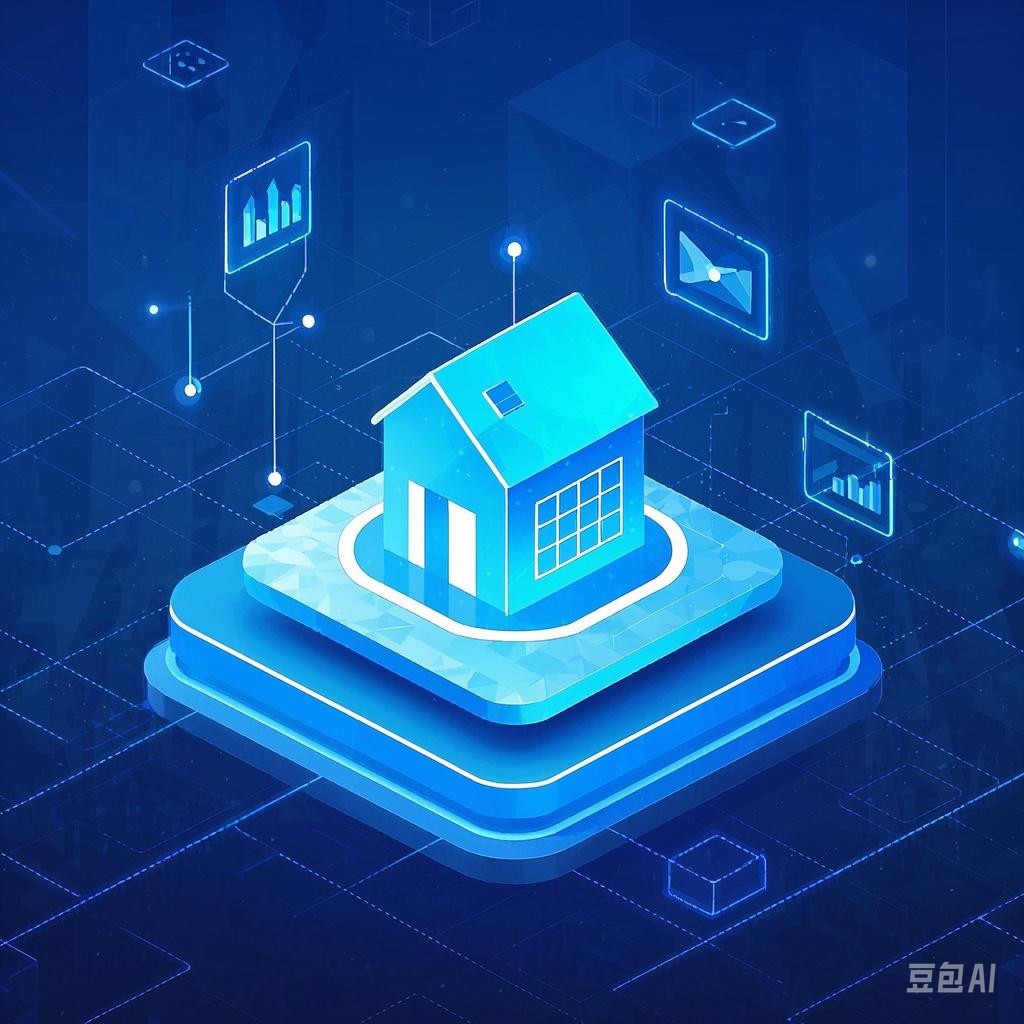Introduction
The rise of virtual reality (VR) has revolutionized the entertainment industry, offering immersive experiences that transport users to entirely new worlds. One of the most captivating applications of VR technology is the virtual escape room adventure. This guide delves into the concept, the technology behind it, and how it provides an exciting escape room experience without the need for physical space.
What is a Virtual Escape Room?
A virtual escape room is a digital version of the traditional escape room concept. In a physical escape room, participants are locked in a themed room and must solve a series of puzzles within a limited time to escape. In a virtual escape room, the same concept is applied using VR technology, allowing participants to explore a virtual environment and solve puzzles through a headset and controllers.
The Technology Behind Virtual Escape Rooms
VR Hardware
The cornerstone of a virtual escape room experience is the VR headset. High-end headsets like the Oculus Rift, HTC Vive, and PlayStation VR provide an immersive experience with high-resolution displays and wide fields of view. Additionally, controllers such as the Oculus Touch, Vive Controllers, or PlayStation Move are used to interact with the virtual environment.
Software Development
Developing a virtual escape room requires specialized software that can create an engaging and interactive virtual world. Unity and Unreal Engine are popular game development platforms used for creating VR experiences. These platforms allow developers to design the virtual environment, create puzzles, and implement interactive elements.
Puzzles and Challenges
The heart of an escape room lies in the puzzles and challenges. In virtual escape rooms, these can range from riddles and cipher decoding to physical interactions and manipulation of virtual objects. The key is to make these challenges intuitive and engaging, ensuring that the experience is both fun and mentally stimulating.
Benefits of Virtual Escape Rooms
Accessibility
Virtual escape rooms break down geographical barriers, allowing participants from all over the world to enjoy the experience together. This accessibility is particularly beneficial for those who have physical limitations that prevent them from visiting physical escape rooms.
Safety
Physical escape rooms can sometimes pose safety risks, especially when participants are in close proximity. Virtual escape rooms eliminate these risks, providing a safe and controlled environment for all participants.
Customization
Virtual escape rooms can be customized to any theme or location, offering endless possibilities for content creators. This allows for a unique and personalized experience for each participant.
How to Create Your Own Virtual Escape Room
Step 1: Define the Concept
Decide on the theme and the type of puzzles you want to include. Consider the target audience and the level of difficulty.
Step 2: Choose the Right Hardware
Select a VR headset and controllers that are compatible with your target audience. Ensure that the hardware provides an immersive experience.
Step 3: Develop the Software
Use a game development platform like Unity or Unreal Engine to create the virtual environment. Design the puzzles and challenges, and implement the interactive elements.
Step 4: Test and Iterate
Test the virtual escape room to ensure that the puzzles are solvable and the experience is enjoyable. Gather feedback from test participants and make necessary adjustments.
Step 5: Launch and Promote
Once the virtual escape room is ready, launch it and promote it through social media, online forums, and other channels to reach your target audience.
Conclusion
Virtual escape room adventures offer a thrilling and immersive experience that can be enjoyed from the comfort of one’s home. By leveraging the power of VR technology, these experiences provide a unique blend of entertainment and mental challenge. As VR technology continues to evolve, the potential for virtual escape rooms is limitless, offering new and exciting experiences for users around the world.
